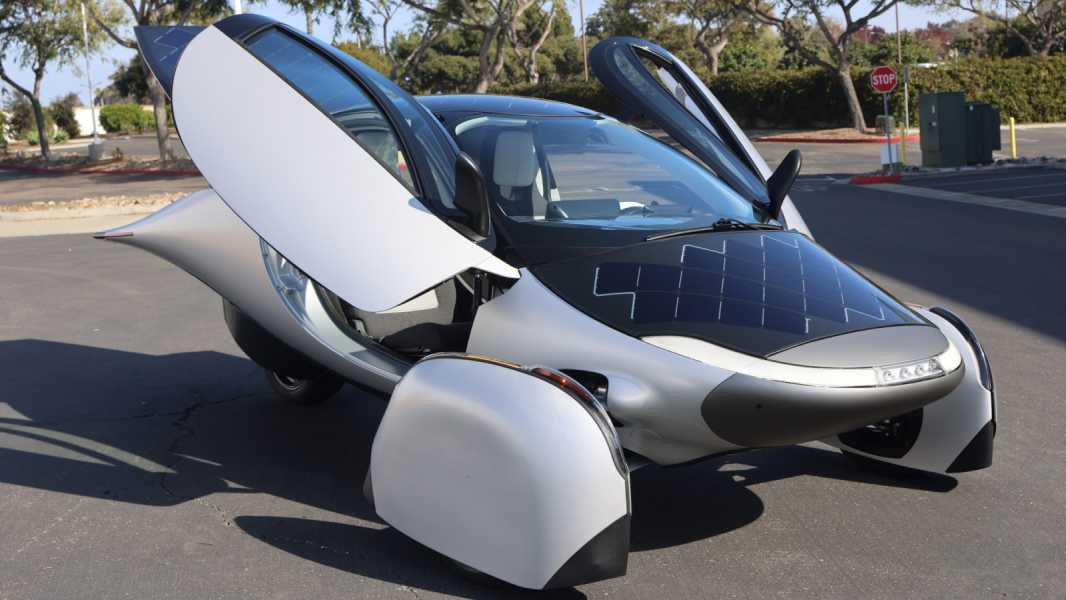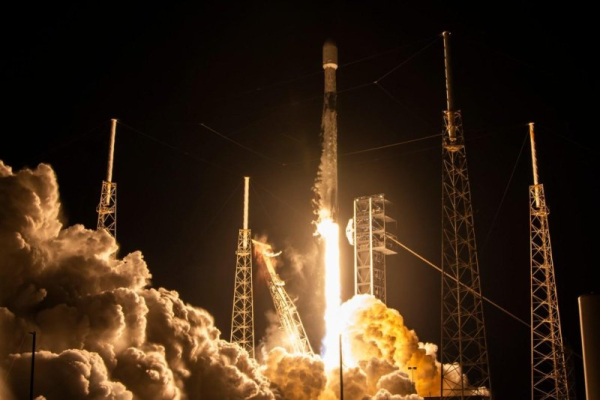
(Image credit: Aptera)
LAS VEGAS — Engineers have unveiled a prototype electric vehicle (EV) that can travel up to 40 miles (64 kilometers) a day using only solar power.
The company said the new solar car, called the Aptera Launch Edition, also offers up to 400 miles (640 km) of range on a single charge via the electric grid. The production-ready electric vehicle was first shown at CES 2025 in Las Vegas this month.
The aerodynamic model is made from carbon fiber-based molding compound (CF-SMC), a composite material created from cut carbon fibers and thermosetting resin. The car's design includes four solar panels mounted on the hood, roof, and hatch.
Aptera says the material simplifies the assembly of each vehicle, as the design requires only one-tenth of the parts needed for traditional models, and the chassis consists of just six main body components. This makes the vehicle lighter and more energy efficient than conventional electric vehicles, while reducing aerodynamic drag by 50%.
The car also has an energy efficiency rating of 100 watt-hours per mile (Wh/mile), a metric used to estimate the amount of energy needed to travel 1 mile (1.6 km). In comparison, the Tesla Model S (released in 2022) uses 194 Wh/mile in warm-weather city driving and 288 Wh/mile on the highway under similar conditions, according to the EV Database.
With a maximum range of 440 miles — including 40 miles on solar power and 400 miles on electricity — the Aptera EV could surpass the current longest-range vehicles in mass production. The Mercedes-Benz EQS 450+ has a maximum range of 425 miles (684 km), followed by the Lucid Air Grand Touring with a range of 410 miles (660 km), according to the EV Database.
Using solar energy in electric vehicles is nothing new: in November 2024, Mercedes-Benz presented a new type of solar paint that, under ideal lighting conditions, could provide an electric vehicle with a range of up to 12,000 kilometers per year.
It's unclear when Aptera plans to launch its new electric vehicle, but the company signed a deal with electronics maker LG at CES 2025. LG will supply the company's cylindrical battery cells from this year until 2031 to support its ramp-up.
TOPICS solar energy

Keumars Afifi-SabetSocial Links NavigationChannel Editor, Technologies
Qumars is the technology editor at Live Science. He has written for many publications including ITPro, The Week Digital, ComputerActive, The Independent, The Observer, Metro and TechRadar Pro. He has been working as a technology journalist for over five years, previously serving as features editor at ITPro. Qumars is NCTJ qualified and holds a degree in biomedical science from Queen Mary University of London. He is also a registered chartered manager with the Chartered Management Institute (CMI), achieving his Level 3 Group Leader qualification with distinction in 2023.
Sourse: www.livescience.com





